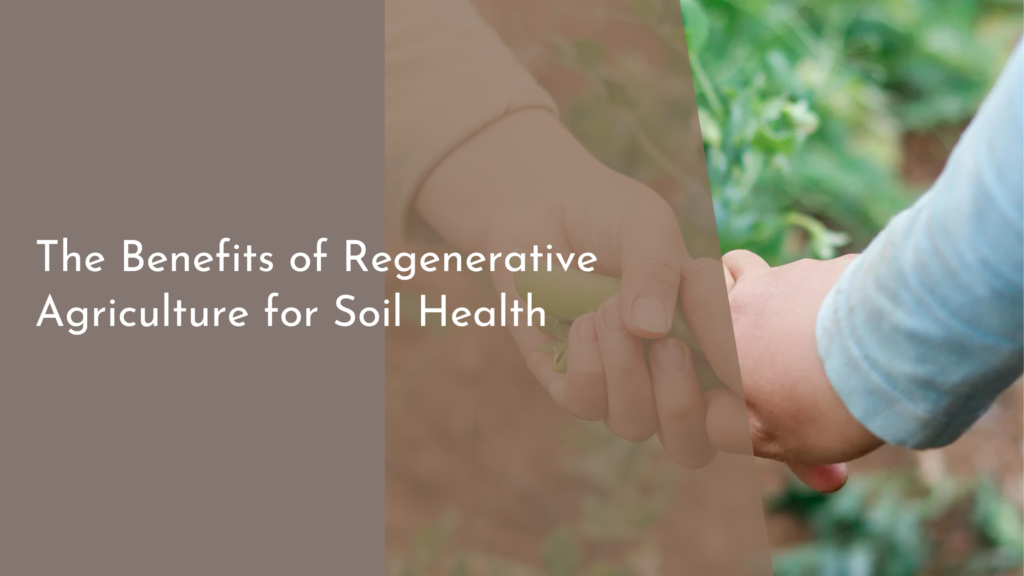Rainwater Harvesting for Solar-Powered Water Distillation Systems
In a world increasingly focused on sustainability and resource management, rainwater harvesting and solar-powered technologies are gaining significant attention. These innovative methods not only help in conserving water but also provide clean drinking water while reducing reliance on fossil fuels. By merging these two eco-friendly systems, individuals and communities can contribute to a greener planet while enjoying the benefits of clean water. Let’s explore the advantages of rainwater harvesting, how solar energy can power distillation systems, and the steps to create your own sustainable setup.
Harnessing Nature: The Benefits of Rainwater Harvesting
Rainwater harvesting is an ancient practice that has found renewed importance in today’s eco-conscious society. Capturing rainwater not only helps in managing stormwater runoff but also reduces the demand on municipal water supply systems. This method allows homeowners to collect and store rainwater for various uses, including irrigation, toilet flushing, and even potable water when properly treated. By utilizing rainwater, we can decrease our dependency on groundwater and surface water sources, thus preserving these vital resources for future generations.
Moreover, harnessing rainwater can lead to considerable savings on water bills. For households in areas with frequent rainfall, the potential for water collection can significantly offset the costs associated with municipal water. Additionally, using harvested rainwater can help reduce the energy required for water treatment and distribution, resulting in a smaller carbon footprint overall. With these benefits in mind, embracing rainwater harvesting is a proactive step toward sustainable living.
How Solar Energy Powers Distillation for Clean Water
Solar energy serves as a powerful and renewable energy source ideal for various applications, including water distillation. Using solar panels to power distillation systems provides an eco-friendly and efficient method for purifying water. By harnessing sunlight, solar distillation systems can convert water into steam, leaving behind contaminants, and then condense the steam back into pure water. This process is not only simple but also incredibly effective in producing clean drinking water.
Solar-powered distillation systems can be particularly beneficial in regions with limited access to clean water. They provide a sustainable solution that can complement rainwater harvesting efforts, allowing communities to transform collected rainwater into potable water. With advancements in solar technology, these systems are becoming increasingly affordable and accessible, encouraging more individuals to adopt solar water distillation as part of their water purification strategy.
Setting Up Your Rainwater System: A Step-by-Step Guide
To set up a rainwater harvesting system, start by assessing your property’s potential for rainwater collection. Identify suitable catchment areas, such as rooftops, and choose appropriate storage tanks that can accommodate the volume of rainwater you expect to collect. Consider installing gutter systems to direct rainwater efficiently into your storage tanks. It’s essential to ensure that the system is designed to minimize contamination, using filters and screens to prevent debris from entering the water storage.
Once your collection system is in place, integrate it with a solar-powered distillation unit. Connect your rainwater storage tank to the distillation system, ensuring proper plumbing and filtration to maintain water quality. Regular maintenance checks and cleaning will keep the system running smoothly. By following these steps, you can create an efficient and productive rainwater harvesting system that converts natural precipitation into pure drinking water powered by solar energy.
Sustainable Living: Combining Rainwater and Solar Solutions
Combining rainwater harvesting with solar-powered distillation creates a self-sustaining cycle that enhances sustainable living. This duo not only provides a reliable source of clean water but also minimizes energy consumption and environmental impact. By using rainwater for everyday needs and then purifying it with solar energy, households can maintain a closed-loop system that promotes resource conservation and responsible living.
Moreover, incorporating these systems can foster a deeper connection with nature and the environment. As individuals engage in rainwater harvesting and solar distillation, they become more aware of their water usage and the importance of sustainability. This conscious approach can inspire communities to adopt similar practices, leading to a collective shift toward eco-friendly living. By embracing such solutions, we pave the way for a future where clean water and energy are abundant and accessible for everyone.
Rainwater harvesting and solar-powered water distillation systems represent a harmonious blend of nature and technology, offering a sustainable solution to pressing water challenges. By understanding the benefits of these systems and following the necessary steps to implement them, individuals can contribute positively to their communities and the environment. As we move toward a more sustainable future, embracing innovative solutions like these can empower us all to make a difference, one droplet at a time!

